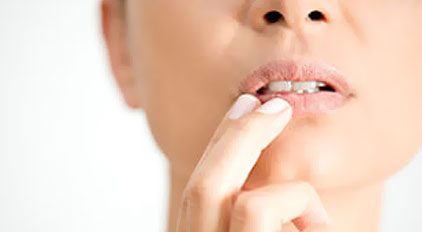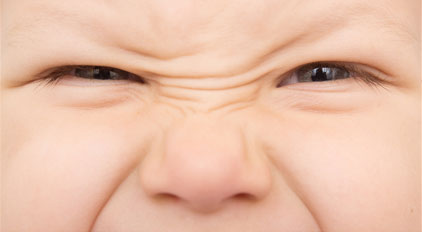24/7/365
100% confidential
Free Advice
Trained nurses, pharmacists & toxicologists
Immediate First Aid - Then Call 1-800-498-8666

Swallowed
Every year in the United States, more than 3,500 people of all ages swallow button batteries. These are used to power hearing aids, watches, toys, games, flashing jewelry, singing greeting cards, remote control devices, and many other items.
Most button batteries pass through the body and are eliminated in the stool. However, sometimes batteries get "hung up," and these are the ones that cause problems. A battery that is stuck in the esophagus is especially likely to cause tissue damage. An electrical current can form around the outside of the battery, generating hydroxide (an alkaline chemical), causing a tissue burn. When a battery is swallowed, it is impossible to know whether it will pass through or get "hung up."

In the Nose
Button batteries may also cause permanent injury when they are placed in the nose or the ears. Young children and elderly people have been particularly involved in this kind of incident. Symptoms to watch for are pain and/or a discharge from the nose or ears. DO NOT use nose or ear drops until the person has been examined by a physician, as these fluids can cause additional injury if a battery is involved.
Additional Information
Guideline
Mechanism and Safety Tips
Statistics and Data
Mechanism of Battery-Induced Injury
Batteries cause tissue injury through three interacting mechanisms, although the relative contribution of each remains somewhat elusive. These mechanisms come into play when a battery is lodged in the gut, ear, nose, or other orifice, rather than free-floating and in transit.
The mechanisms, listed in the likely order of importance, include:
- Generation of an external electric current that hydrolyzes tissue fluids and produces hydroxide at the battery's negative pole,
- Leakage of battery contents, especially of an alkaline electrolyte, and
- Physical pressure on adjacent tissue.
Battery Ingestion Statistics
1985-2025
393 Severe Cases
73 Fatal Cases
68,094 Child 6 & under
5,326 Hearing Aid Batteries





